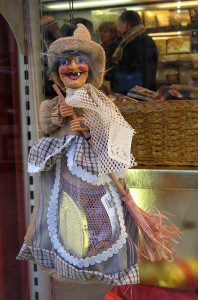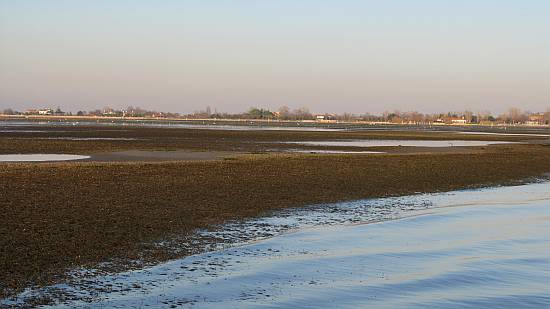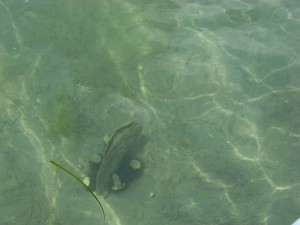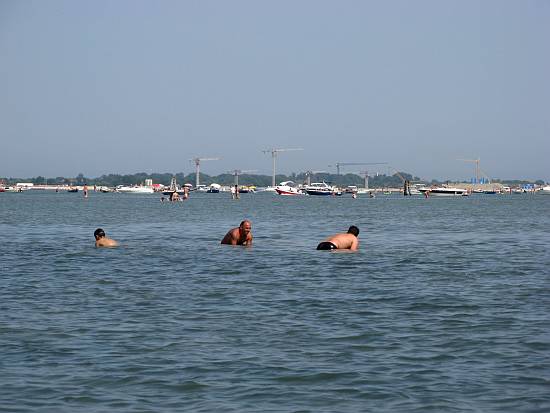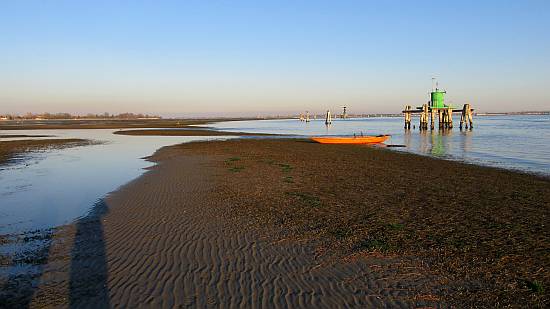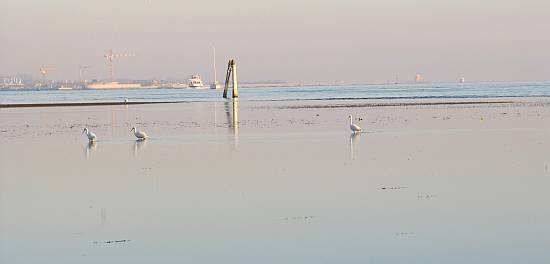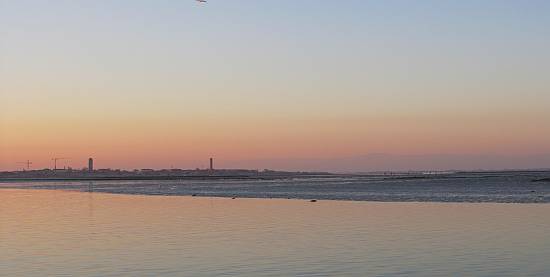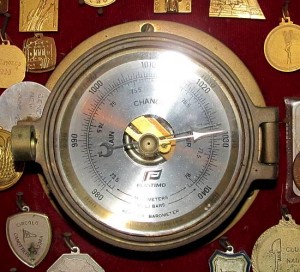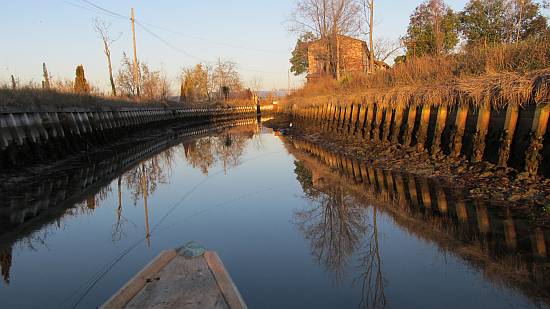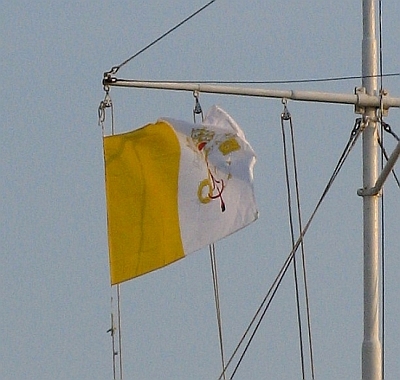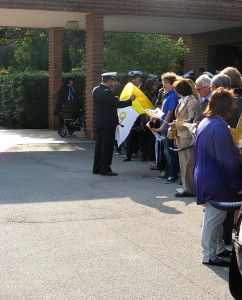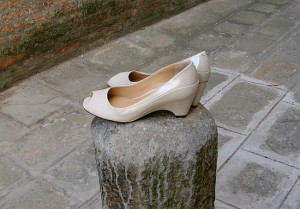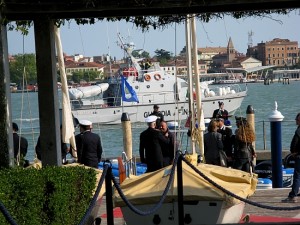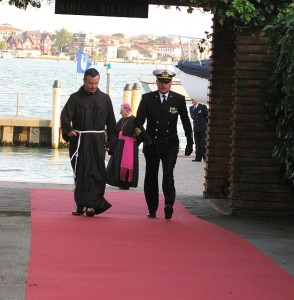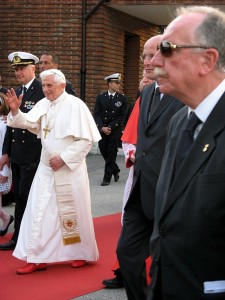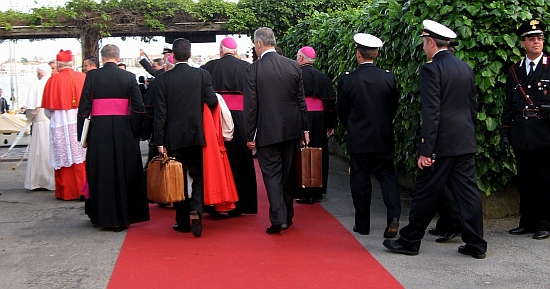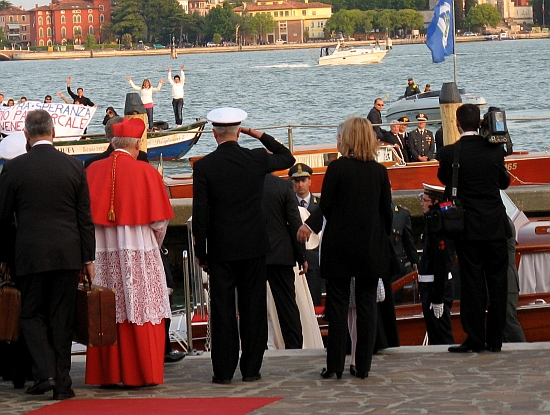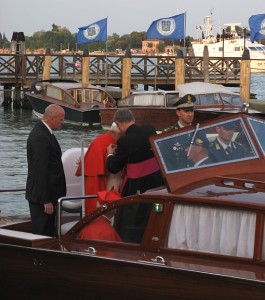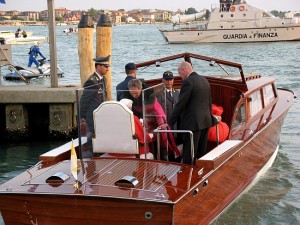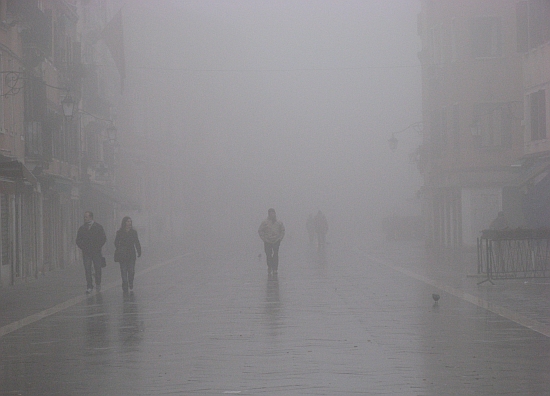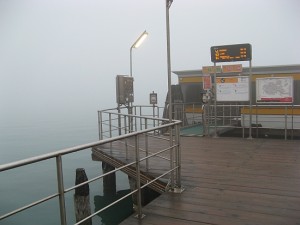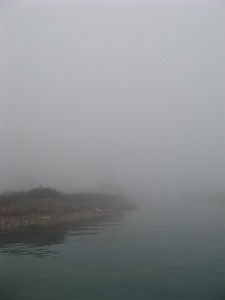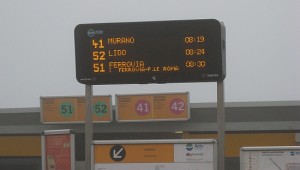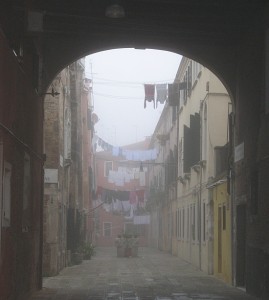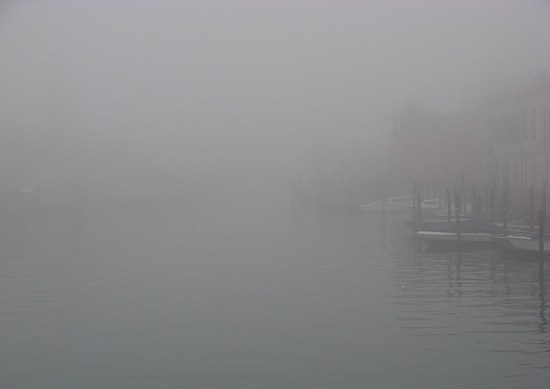So the Costa Concordia ran aground (January 13) and the administration here instantly went into several varieties of fits to show how eager it was to ensure that no such catastrophe could ever be inflicted on the most-beautiful-city-in-the-world by one of these leviathans, whose number is increasing at a Biblical rate.
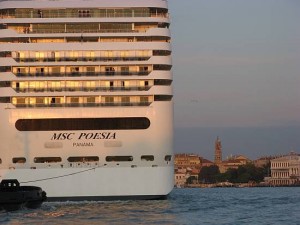
Mission: Banish the Big Ships from the Bacino of San Marco where they might well run into a section of historic and irreplaceable real estate. I haven’t seen any calculations on the odds of this risk, but they may be similar to the odds of winning the lottery.
Lots of people who buy a lottery ticket think/hope that the probability of winning could be pretty good. In the same way, lots of people who see the big ships passing think/fear that the probability of a huge catastrophe could be pretty good. The distance between “could” and “might” is hard to measure when emotions run high.
The mayor, of course, promised rapid solutions, to be followed, naturally, by immediate results (hence the use of the word “solution”). As expected, “rapid” is morphing into “eventual” on its way to “maybe” and then — who knows? — “never.”
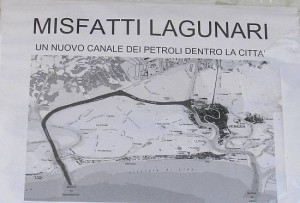
The first proposal launched — and so quickly as to have barely resulted from first thoughts, much less second thoughts — was to dig a new canal. The environmental damage this would cause is so vast and so obvious that it’s hard to believe it was even discussed. A large amount of information demonstrating what a terrible idea it is was instantly thrown in front of this notion to prevent its going any further (latest detail: deepening the Canale di Sant’ Angelo would mean having to tear out and reposition somewhere else a certain quantity of important cables buried there, not to mention the high-tension-wire pylons flanking it). Even the cost of this undertaking hasn’t caused this notion to be officially abandoned, but its momentum seems to have slowed.
But if a new canal makes no sense, the proposal made a few days ago obliterates the line between creative and cuckoo. I wouldn’t even have mentioned it, but I wanted to show how really hard it is to come up with an alternative to the present system.
Ferruccio Falconi, a retired port pilot (who you might think would be more familiar with the lagoon and its behavior than most), has pulled the pin on the following idea and tossed it at the groin of common sense.
He proposes gouging out the mudbanks between the island of Sant’ Erasmo and the inlet at San Nicolo’, an area known as bacan’ (bah-KAHN). On the map, it looks like useless empty space longing for a purpose in life. But it already has a purpose — two of them.
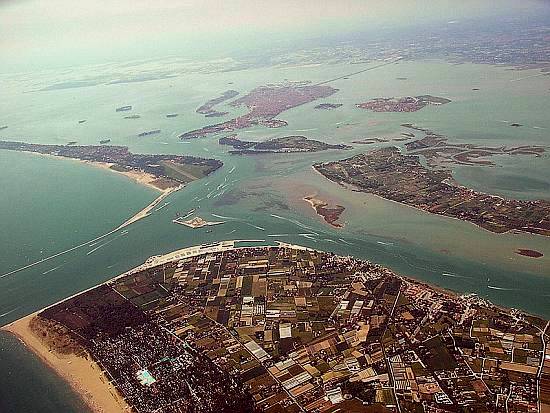
Its first purpose is the same as that of similar areas which compose the bloody-but-unbowed natural lagoon ecosystem. Mudbanks and barene, the remnants of marshy wetlands scattered around, are an essential component of the lagoon environment. You may not care about clams and herons and glasswort, but these formations also slow the speed of the tide, something that ought to interest people ashore in the most-beautiful-city at least as much as the vision of a ship heading toward the fondamenta.
Its second purpose is as one of the all-time favorite places for thousands of pleasure-boaters to spend long summer days swimming and clamming and picnicking.
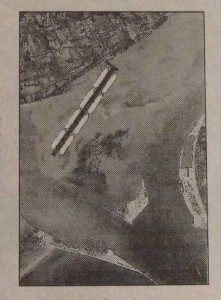
But according to Falconi, the creation of a basin where nature never put, or wanted, or intends to keep one, would be the perfect place to park the cruise ships. Ergo, there would also have to be the construction of a huge jetty.
As simple geometry, it looks okay, though I failed geometry. But apart from the problems the size, weight, and propeller-power those eight little rectangles represent, there is also the inconvenient fact that Sant’ Erasmo is an island, raising the issue of by what means the floating Alps of the sea would be provisioned, and how the passengers would arrive and depart.
Simple: By boat. Thereby increasing by several powers of ten the amount of waves (motondoso) caused by the multiplied number of motorized craft running around the area (barges, taxis, launches, and scows carrying trucks). Motondoso has already damaged a lot of the lagoon, so this new activity would eradicate a new chunk of what’s left. The summer motorboats are already sufficiently destructive — why would even more be seen as a good thing?
This idea is yet another example of the point where Feasibility and Desirability break up, despite the best efforts of people with assorted motives to make them get married and have children.
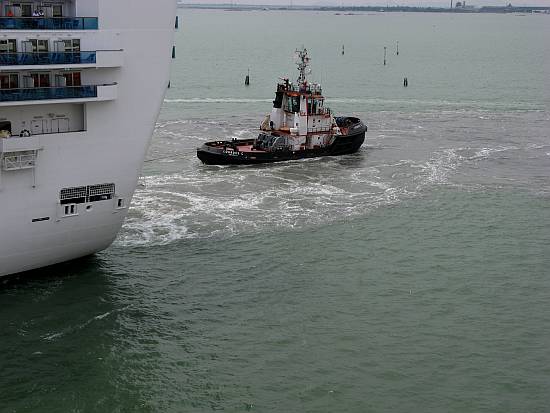
The following letter to the Gazzettino (March 29, 2012) gives an excellent analysis of this suggestion (translated by me):
LAGUNA CROCIERE E GRANDI NAVI (Lagoon, cruises, and big ships)
I read in the Gazzettino of the new proposal to “save” the cruises.
One appreciates the fantasy that unfortunately is right in step with the temerity of certain choices which we see at all institutional levels in the management of this problem.
To excavate bacan’ at Sant’ Erasmo to make it feasible for the big ships to maneuver and moor, ships which are tending to get bigger, would signify changing the hydrodynamics of the North Lagoon.
The creation of the new island in front of the inlet (at San Nicolo’) has already caused an increase in the velocity of the incoming tide, creating hydrodynamic imbalances with important consequent damage to the city.
To create a basin of 12 meters (40 feet) deep, at the least, to move and accommodate ships would make even that piece of lagoon into a piece of the sea.
Perhaps the fanciful pilot who has come up with this “loveliness” has forgotten about the abyss in front of San Nicolo’ with the resulting collapse of the bastions of the Fort of Sant’ Andrea a few years ago.
One understands that unfortunately the mentality still hasn’t changed: One tries to resolve a problem creating others. Or to put it this way: the application of the theory that has created MOSE: one creates a “solution” which, to talk about it, resolves the effects but not the cause.
The question arises spontaneously: Is the port worth the city?
(signed) Manuel Vecchina, Venezia
Excellent question, but don’t put it to Falconi. He’s already got the answer.

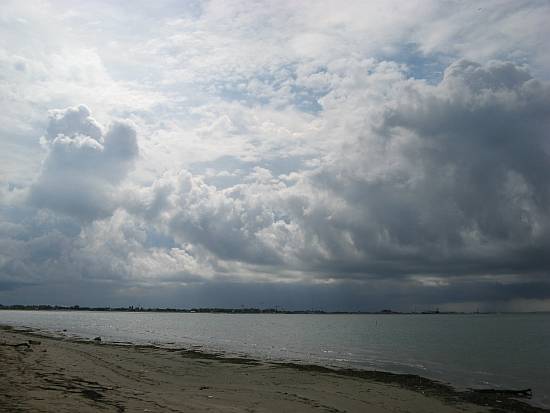
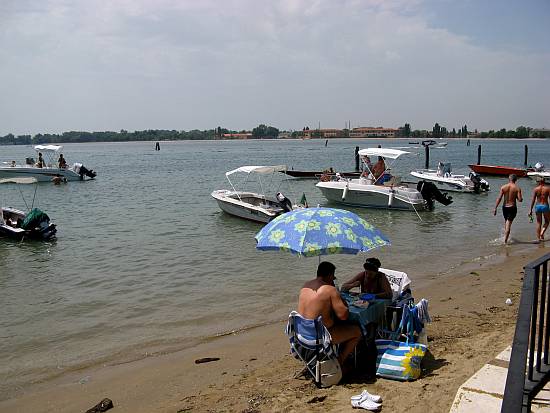
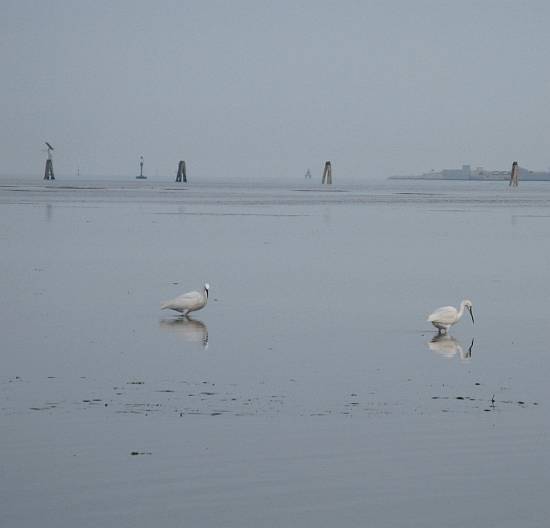
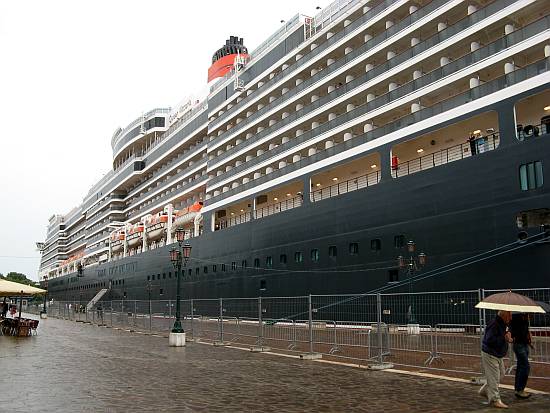
The Venetian lagoon is one of the most important coastal ecosystems in the entire Mediterranean. A century ago there were 35 square miles of salt-marsh wetlands in the lagoon; due to erosion by motondoso and the tidal force increased by the Petroleum Canal, by 1990 there were only 18 square miles left. Now we have MOSE, the floodgates whose installation required extreme deepening of the inlets, creating even stronger tidal flows.
In little more than 30 years, some 25,000,000 cubic meters of sediment have been flushed out to sea. At the current rate of erosion, the World Wildlife Fund has estimated that by 2050 there will be no wetlands left. So Venice is spending masses of money to rebuild a batch of them where they’ve been eroded away. Where they will be eroded away again. Now we want a fantasy port to speed up the process which is turning the lagoon into a bay of the sea?
I sometimes think that if these people want to change the lagoon so much, why don’t they just drop a bomb on it, and get it over with?
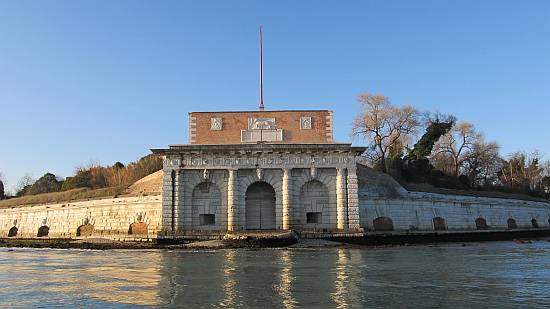
The reference to the Fort of Sant’ Andrea in Vecchini’s letter recalls the fact that some years ago (even before MOSE) the force of the tide was eroding the island beneath this historic structure, and the walls of the entrance were beginning to sag and open up. Solution: Throw masses of cement on the shallow lagoon bottom in front of it to stop the slow-motion collapse. When we row past there, we have to avoid what is essentially a broad cement shelf reaching outward from the fort. Of course I’m glad it’s there. I’m just saying.
Venice wanted the ships, but playing with them and their effects is beginning to look a lot like getting into a game of strip poker with no cards at all.
And no clothes, either.

